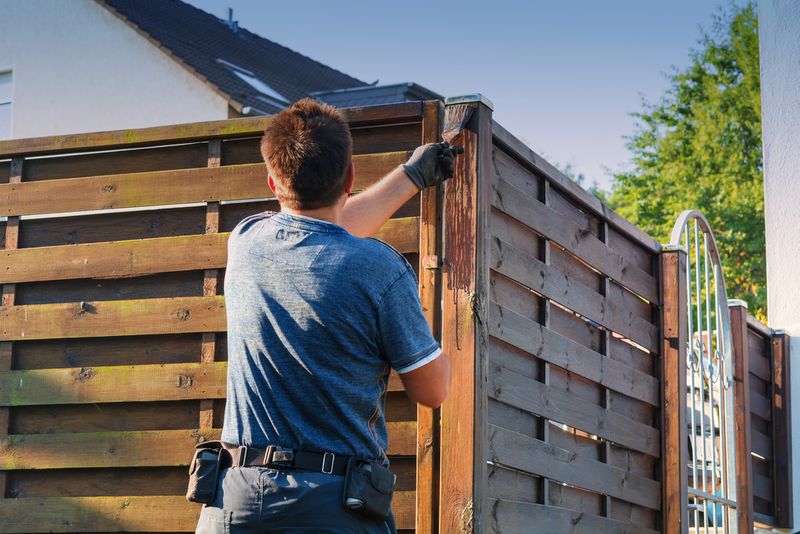
Why Paint A Wooden Fence?
Are you bored of your standard white picket fence? Is your wooden fence starting to look unruly with breaking boards and chipping paint?
A fence provides privacy, varying measures of security, and, if you put in the effort, can significantly improve the curb appeal of your property. To get this desired curb appeal, it’s important to make sure your fence is painted to protect the wood. To figure out if you need to paint your fence, look for water on the surface. If the wood is absorbing moisture instead of locking it out, it’s time to get out those paint supplies. Painting your fence will take time, preparation, and a bit of money, but if you do a good job, you can remarkably improve the exterior appeal of your home.
Steps To Painting A Fence
Before you start the paint job, there are some things to take into account. First, pick a quality paint or stain that will effectively block moisture. Secondly, be ready to get dirty, as you’ll probably get paint or stain on your clothes (so wear old clothes that you don’t mind getting stained!). You’ll also want to ensure that any materials that you may need throughout the project are handy.

Step 1: Prepare The Area
Step 2: Clean The Wood Fence
Next, wash off any old paint, debris, or mold stuck to the fence. Scrape off the loose paint with a scraper, then spray the fence with a pressure washer to get the worst of the dirt and loose paint off. Pressure washers have different tips you can use to target problematic areas. You’ll also likely need to use bleach water and a sponge to kill any mold.
Once the wood dries, you’ll be ready to sand everything down. Using a sanding block or handheld sander, sand the surfaces of the fence, gate, and fence posts so they’re smooth for priming. Be sure to wear a dust mask and safety glasses while you do this!
Step 3: Apply Primer









